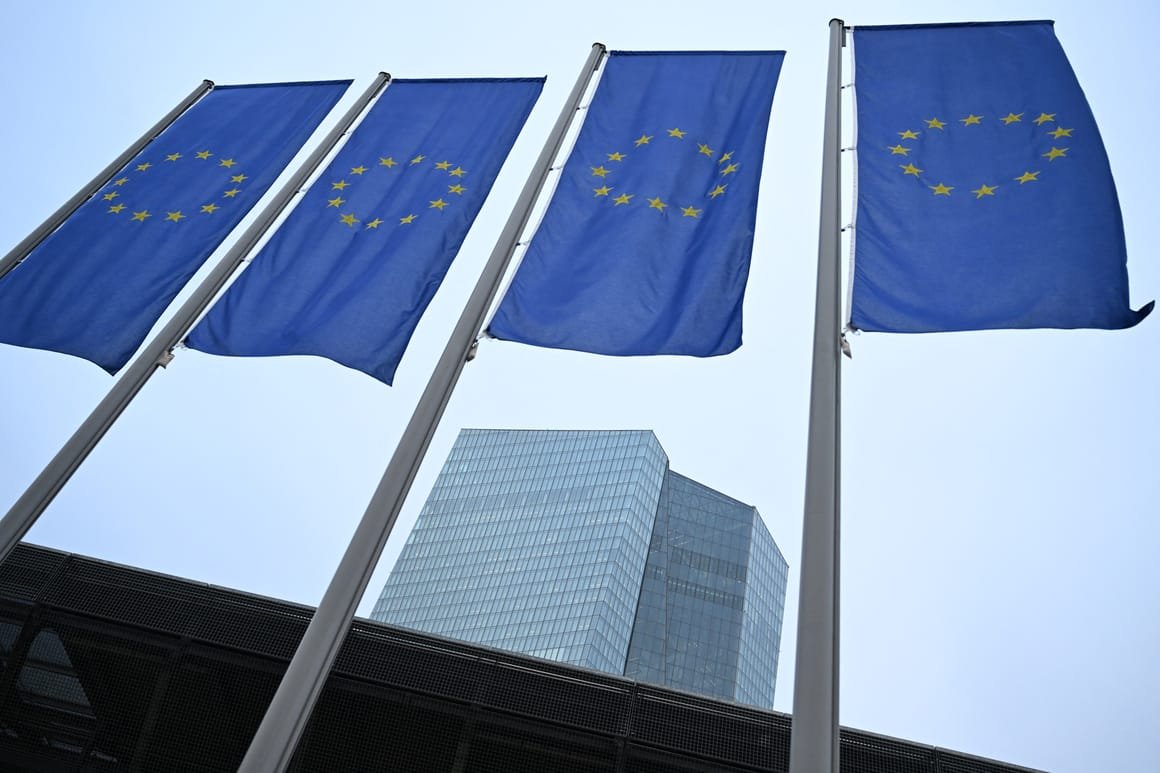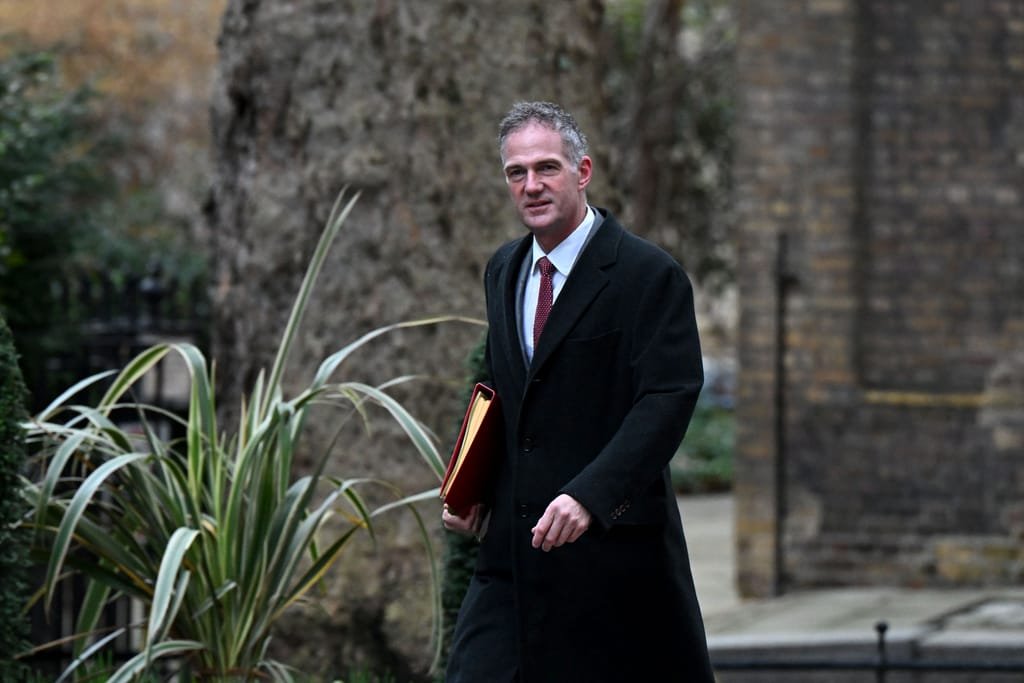The currency union is settling into a two-speed economy.

The eurozone economy stagnated in the fourth quarter as political instability weighed heavily on the region’s two biggest countries, offsetting better performance elsewhere.
Gross domestic product (GDP) in the eurozone in the fourth quarter of 2024 was unchanged from the previous quarter, according to figures published by Eurostat Thursday. That was the first time the economy had failed to grow since the fourth quarter of 2023, and a weaker outcome than that 0.1 percent growth expected by analysts. The annual growth rate stayed at 0.9 percent.
The headline figure masked a distinctly two-speed reality: GDP contracted in both France and Germany in the fourth quarter, by 0.1 percent and 0.2 percent respectively. The two together account for roughly half of eurozone GDP. France has lacked a stable government since elections in the middle of last year, while Germany faces early elections in February after its three-party governing coalition collapsed.
Spain, ruled by a fragile minority government, saw its economy expand by an impressive 0.8 percent — beating analyst forecasts by 0.2 percentage points. In total, its economy grew 3.5 percent year-on-year, making it the fastest growing economy in the currency area. Portugal, Lithuania and Hungary also grew healthily.
The divergence marks something of a reversal of post-Great Financial Crisis trend, where the eurozone core was more resilient to the shock, while smaller peripheral countries were trapped in rolling debt crises and austerity.
The stuttering economic performance, coupled with an outlook overshadowed by the risks of trade tension with the U.S. and China, mean that the European Central Bank is almost certain to cut its key interest rates again Thursday, bringing its key deposit rate down to 2.75 percent.
The figures also puts more pressure on Commission President Ursula von der Leyen, who Wednesday unveiled a policy package aimed at slashing red tape and accelerating growth across the European Union.




